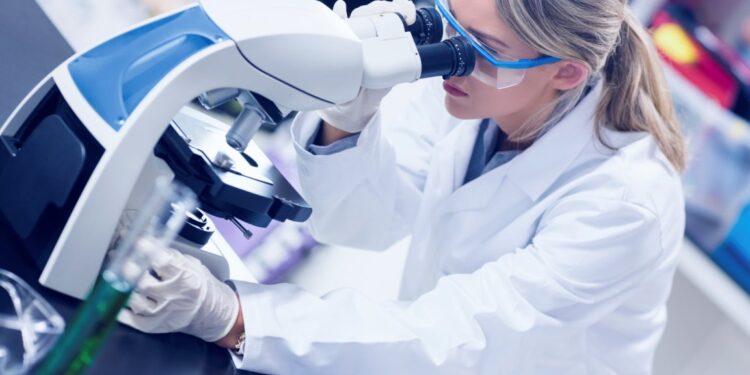Forensic technology is used to investigate crime scenes, analyze evidence and decipher facts. The process of collecting forensic evidence is challenging. Risks include contamination of the scene and ruining the case. This makes forensic technology vital in the majority of criminal cases. But criminal law is tricky to understand, making forensic technology consulting important. This is especially true when dealing with foreign countries. Laws differ, change, and this can lead to misunderstandings.
Forensics is at the cutting edge of technology. They support the criminal justice system and healthcare industries. Here are four ways in which forensic technology makes a positive impact.
Ballistics Photography
Think about shattered gunshot wounds and bullet holes. These are often things to examine at crime scenes that can solve a case. This is where ballistics photography comes into action. Using a high-speed camera is the best way to understand the impact caused. Analyzing this shows how weapons have been angled and used. It also helps find the person who fired a shot.
This type of photography was created in 1878. It has since been used to support many crime scene investigations. On average, a bullet takes 62,000 frames per second, making it difficult to see with the human eye. Ballistics have been revolutionary. They make it possible to see where the shooter may have been standing. Many convictions would not have been possible without this technology.
Facial Reconstruction
Facial reconstruction is a newer and more experimental type of forensic technology. This form of forensic facial reconstruction uses human remains. Construction begins with composing a physical appearance through existing evidence. Using the program requires specialist knowledge that consists of in-depth medical training. It also requires formal qualifications in forensic science, medicine, or forensic anthropology to operate. The technicality of the device is why it supports finding evidence.
Fingerprint Identification
Comparing fingerprints at a crime scene needs to be both quick and easy. Identification involves using a large database that contains all existing fingerprint evidence. Using this data allows investigators and police officers to determine culprits. The latest forensic technology involves the use of magnetic fingerprinting. This method keeps fingerprints intact, allowing for accuracy in results. The benefit of magnetic identification is that it is a no-contact method.
For criminal justice enforcers, fingerprints identify previous crime involvement and convictions. They also allow comparisons between crime scenes and link these crimes to each other. Having a higher conviction rate protects the legal justice system and ensures individuals can do their job.
Video Spectral Comparator
Hidden writing and erased impressions can make or break a case. Detecting impressions, video spectrum comparator devices help to make messages clearer. These machines have the ability to analyze paper that is otherwise unreadable. Regardless of being burnt, buried, or water damaged, it can be decoded. Marks are amplified so that they can be analyzed by the naked eye.
The technicians who use this machinery are forensic science or document analysis specialists. They complete extensive training to operate the machine and decode messages. This type of technology has become one of the most valuable tools on the market. Forensic technology has evolved to support the legal justice system in many ways.











